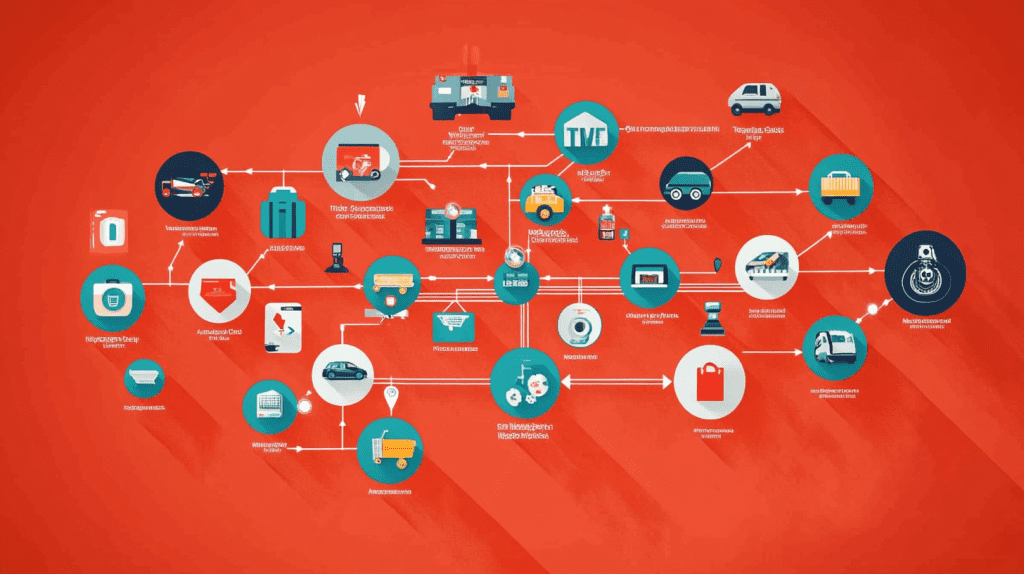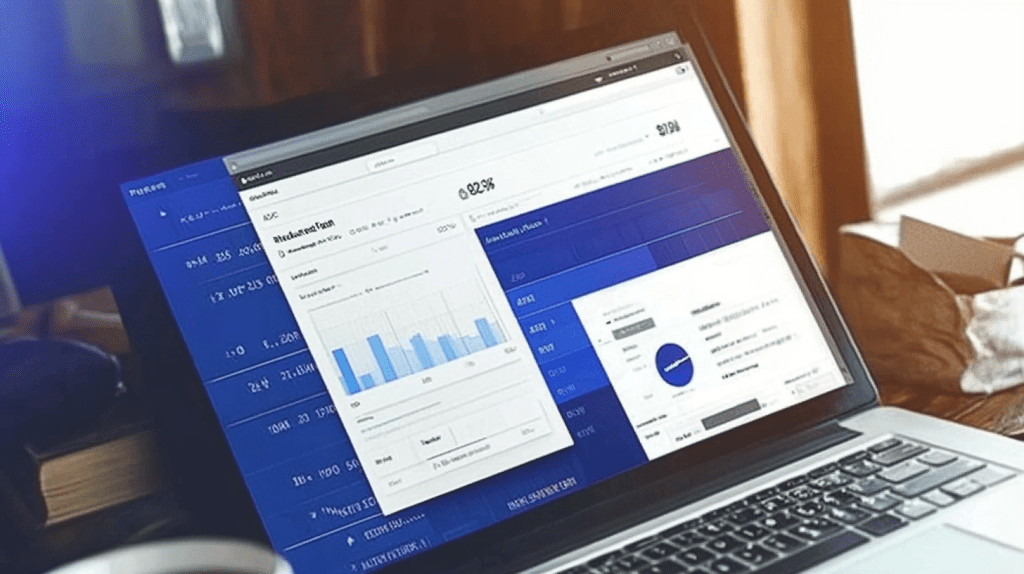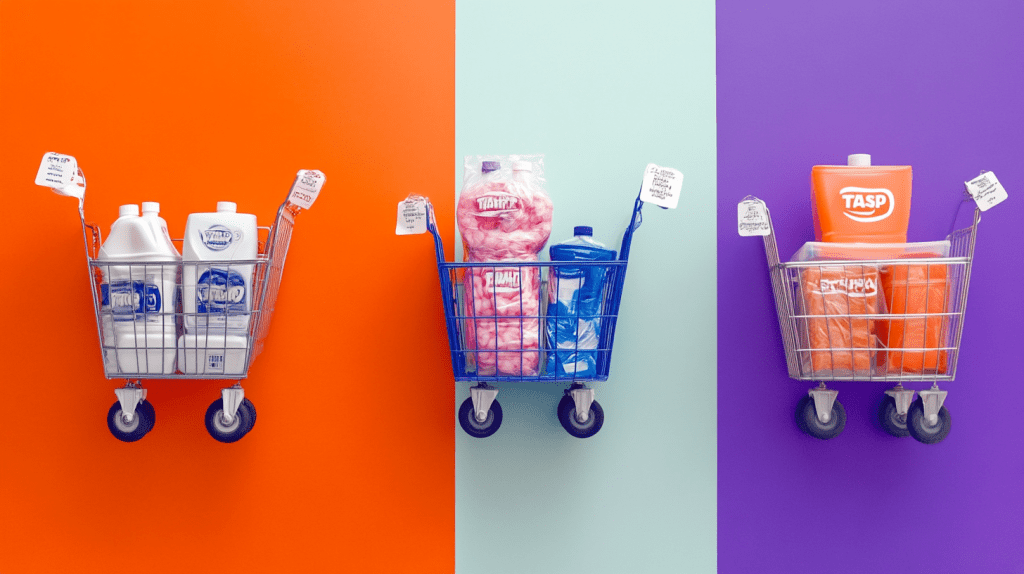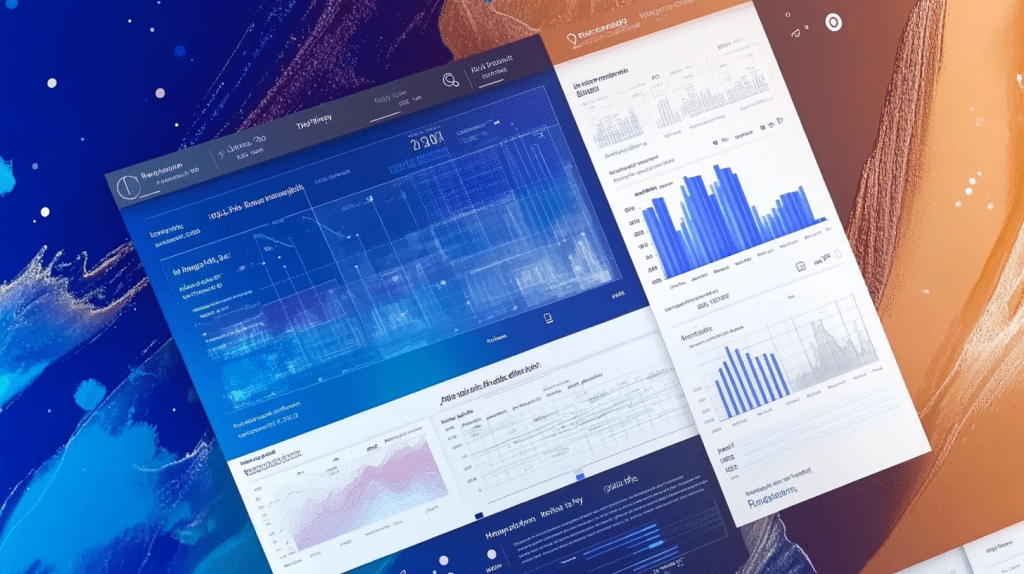
What is Target Price Matching?
Target Price Matching is a retail policy where Target agrees to match the price of a product if a customer finds it cheaper at a competitor. This allows customers to shop confidently, knowing they’ll get the best deal available
But how does this work for your e-commerce business? Let’s break it down.
Quick Start Guide: The Essentials of Price Matching
- What: Target matches competitors’ prices, both online and in-store.
- How: Customers present proof of a lower price from a competitor, and Target adjusts the price accordingly.
- Why: Helps maintain customer loyalty and keeps your pricing competitive.
- Where: Available both in-store and online with certain exclusions.
- When: Within a specified timeframe after purchase.
Why Price Matching at Target Matters
Price matching at Target can be a game-changer for your e-commerce business. Imagine a scenario where your customer finds a product cheaper on Amazon or Walmart. Without price matching, they might abandon their cart and buy elsewhere.
By adopting a similar strategy, you not only keep the sale but also build trust and encourage repeat business.
Mastering Target’s Price Match Policy: What You Need to Know

The Nuts and Bolts of Target’s Price Match Policy
How does price match work at Target?
Target’s price match policy is straightforward. Here’s how it works:
- Identify a Lower Price: The customer finds a lower price on an identical item at a qualifying competitor.
- Provide Proof: They present proof of the lower price, such as a print ad, online link, or even a screenshot.
- Get the Match: Target verifies the price and adjusts it on the spot, either during the purchase or within a specified period afterward.
Does Target still do price match?
Absolutely! Target continues to offer price matching to ensure they remain competitive and customer-centric.
Demystifying Target Price Match Requirements

What are three criteria a product must meet in order to price match at Target?
- Identical Match: The product must be identical in brand, size, weight, color, quantity, and model number.
- Availability: The item must be in stock at both Target and the competitor’s location.
- Timing: The price match request must be made within the allowed timeframe, usually within 14 days of purchase.
Target Price Match in Action: My Experience

When I first introduced a price matching policy in my e-commerce store, I was a bit skeptical. Would it eat into my margins? Was it worth the hassle?
But one day, a customer reached out, asking if I could match a price they found on a major competitor’s website. The item in question was a hot seller, and I knew I couldn’t afford to lose the sale.
So, I matched the price. Not only did I make the sale, but that customer returned several times over the next few months, each time spending more.
This experience taught me the power of price matching—it’s not just about the immediate sale; it’s about building long-term loyalty.
After that, I started searching for an automated tool that could match the price of my competitor and my research ended when I finally started using Pricefy.
Myth-Busting: Common Misconceptions About Price Matching at Target
Myth 1: Price matching at Target is complicated and time-consuming.
Fact: It’s actually quite straightforward. Most customers can complete the process in just a few minutes.
Myth 2: Target won’t match online prices, especially from Amazon.
Fact: Target does match online prices, including those from Amazon, as long as the items are identical and in stock.
Myth 3: You can only price match before purchase.
Fact: Target offers post-purchase price adjustments within a specific timeframe.
Pro Hacks for E-Commerce Owners: Leveraging Price Matching Like a Pro

1. Make It Easy for Your Customers:
Just like Target, simplify the process. Provide clear instructions on how customers can request a price match, whether it’s online or in-store.
2. Use Technology to Stay Competitive:
Invest in dynamic pricing tools that automatically adjust your prices based on competitors. This ensures you’re always offering the best deal without constant manual intervention.
3. Highlight Your Policy:
Don’t hide your price match policy in the fine print. Make it a selling point! Display it prominently on your website, especially on product pages and at checkout.
4. Educate Your Team:
Ensure your customer service team is well-versed in your price match policy. They should be able to handle requests quickly and efficiently.
Target Price Matching vs. Walmart and Amazon

Will Target price match Walmart sales?
Yes, Target will match Walmart’s prices as long as the item is identical and in stock. This includes online and in-store prices.
Does Target price match Amazon Prime prices?
Target does price match Amazon, including Amazon Prime prices, provided the product matches exactly in terms of brand, size, color, and model.
Common Pitfalls to Avoid When Implementing Price Matching
Ignoring the Fine Print:
Always read and understand the specific terms of Target’s price match policy. Exclusions can vary, and missing these details can lead to customer dissatisfaction.
Focusing Only on Price:
Price matching is essential, but it shouldn’t be the only strategy. Complement it with excellent customer service, fast shipping, and a user-friendly website.
Failing to Communicate:
A price match policy is only effective if customers know about it. Promote it through your marketing channels, and make sure it’s easy to find on your site.
How Pricefy Can Enhance Your Price Matching Strategy

Pricefy takes the guesswork out of price matching by automating the process. With our tools, you can easily track competitor prices in real-time, ensuring that your prices are always competitive.
Plus, our dynamic pricing feature automatically adjusts your prices based on market trends, helping you maintain profitability while offering customers the best deal.
Future Trends in Price Matching: What’s on the Horizon?
The future of price matching is set to evolve with advancements in AI and machine learning. We’re likely to see more personalized pricing, where customers are offered unique discounts based on their shopping behavior and preferences.
Additionally, real-time price matching across all platforms, including mobile apps and in-store purchases, will become standard, making it easier for businesses to stay competitive.
FAQs
Does Target do price matching?
Yes, Target matches prices from select competitors, including online retailers.
Does Target match Amazon Prime prices?
Yes, provided the items are identical in every aspect.
Can Target price match at self-checkout?
No, price matching must be done at a staffed checkout lane or through customer service.
Will Target refund if price drops?
Yes, Target will adjust the price if it drops within the specified timeframe after purchase.
Conclusion: Price Matching – A Strategy Worth Embracing
Implementing a price matching strategy, whether at Target or in your e-commerce business, is a powerful way to stay competitive, build customer loyalty, and drive sales.
By understanding the ins and outs of Target’s price match policy and applying similar principles to your own business, you can turn price matching from a challenge into an opportunity.




